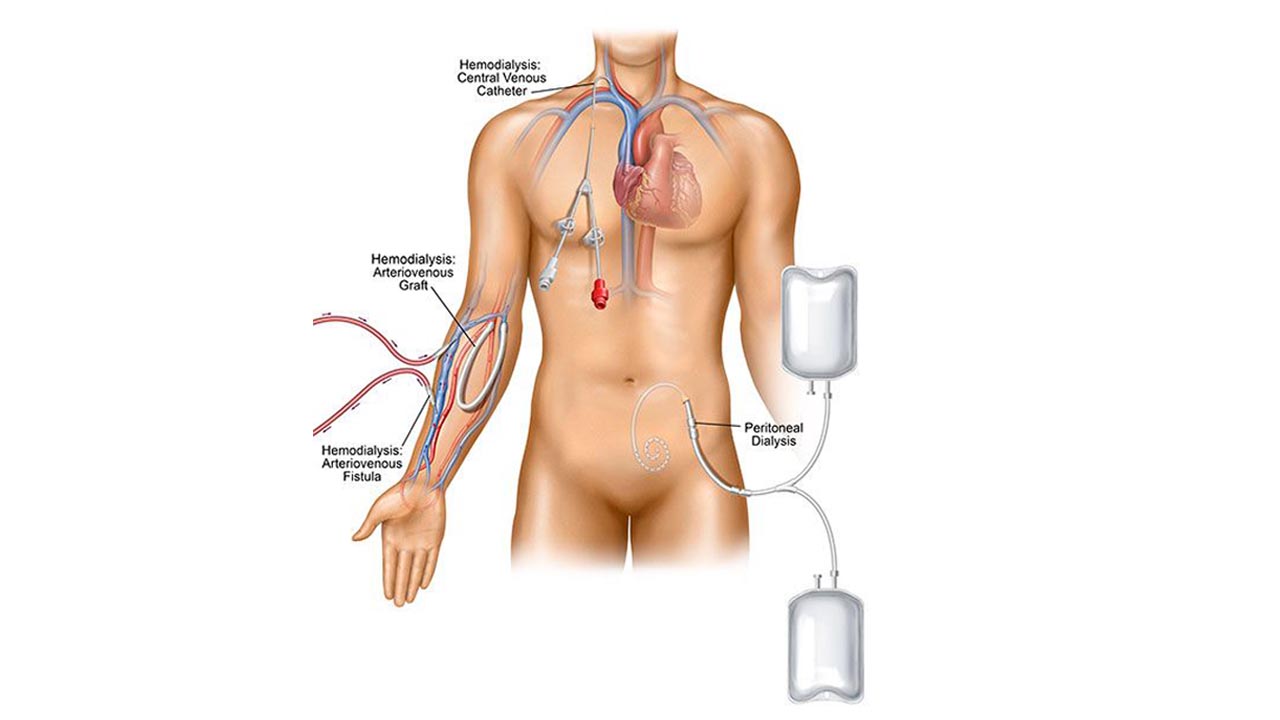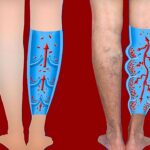For tackling end-stage kidney failure, dialysis is performed. When the kidney fails, dialysis keeps a person’s body balanced by removing waste, extra water, and salt, preventing them from building up in the patient’s body. Kidney failure is usually permanent, but not always. If you have been diagnosed with such a condition that requires dialysis, catheter placement would be one crucial thing to consider.
The catheter is the access point or the entrance and exit point for the blood while the hemodialysis treatment is performed. The catheter is placed several weeks and even months, in some cases, before the actual dialysis begins. This initial placement is to give them time to heal. A catheter is usually placed in the non-dominant arm, the left arm for the right-handed person, and vice versa.
Types of catheter placement procedures
1. Arteriovenous Fistula
This access connects the artery and the vein in the arm or wrist. It provides the blood flow required and lasts for years. It is less likely to form clots or to become infected. So, it is considered to be a gold standard for dialysis access.
2. Arteriovenous Graft
The doctor normally recommends an AV graft if the fistula does not develop. An AV graft is placed where the patient has small veins. It uses a synthetic tube implanted under the skin to connect the artery with a vein. This graft will serve as an artificial vein. The Arteriovenous Graft is functional two to three weeks after it has been placed. These, however, are more prone to infections than AV fistula. If the graft is kept dry and clean, then it can last for years.
3. Venous Catheter
Venous Catheter involves placing the catheter in two chambers. Allowing two-way blood flow into the chest, neck, or leg. A cuff may also be placed under the skin to hold the catheter. However, this method allows the blood to flow slower than the other types. It also has a higher chance of getting infected. This catheter placement method is used if the dialysis needs to be started immediately and is considered a temporary solution.
A patient needs to be aware of the following:
- The type of catheter used.
- The healing period.
- How long will they be required to have the catheter in place?
- How will the catheter be removed?
- Will they be able to travel with the catheter in place?
- Will the patient experience any pain during or after healing?
- How often will the patient need their dialysis to be performed?
- Are there any activities that will help the healing or exercises that need to be avoided while the catheter is in place?




